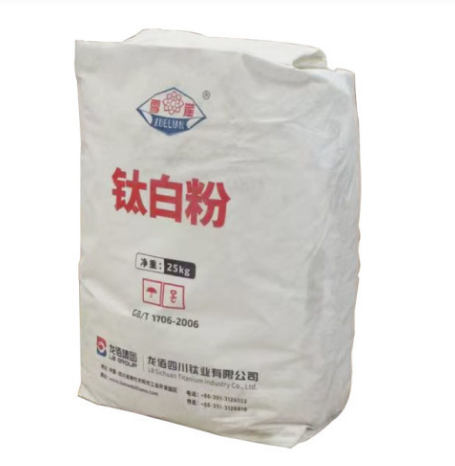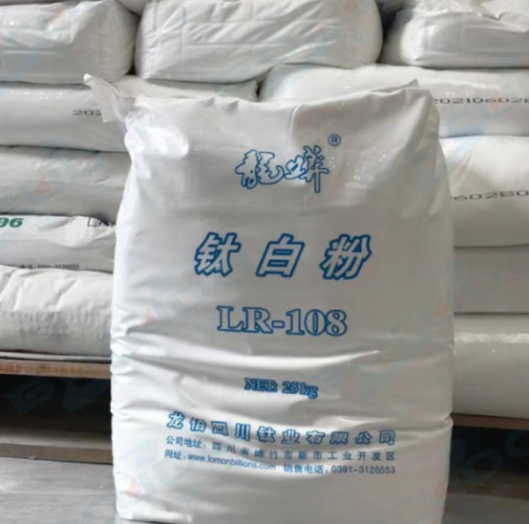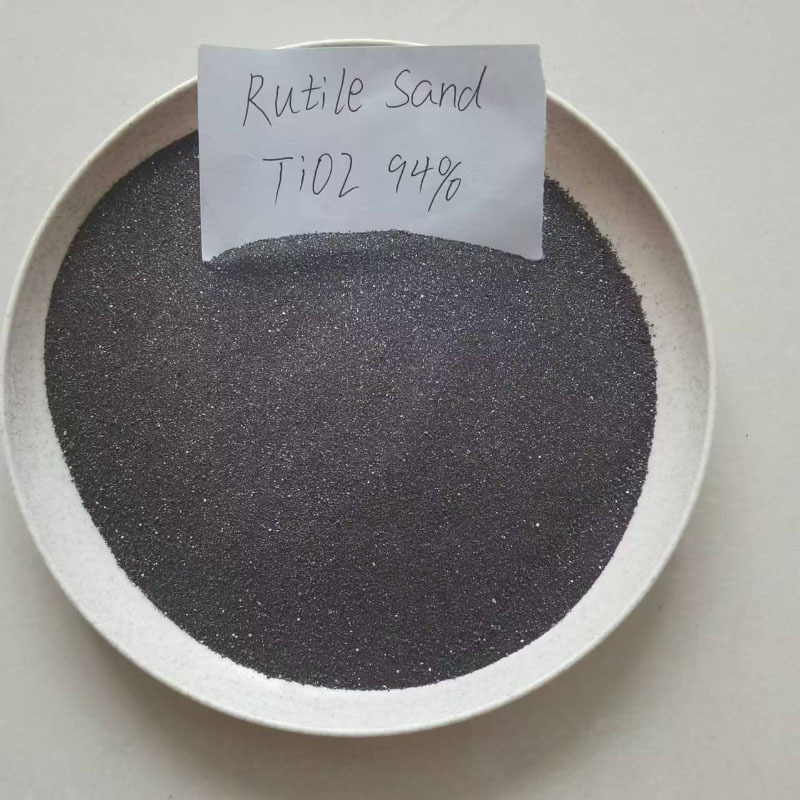EVA and Its Significant Role in the Development of Eco-Friendly Products
Release Time:
May 12,2025
EVA and Its Contribution to Eco-Friendly Products Introduction to EVA: A Green Revolution in Material Science Ethylene Vinyl Acetate (EVA) is a versatile copolymer that has gained immense popularity in recent years. This thermoplastic material combines ethylene and vinyl acetate, offering a unique set of properties that make it suitable for various applications. As industries shift their focus
EVA and Its Contribution to Eco-Friendly Products
Introduction to EVA: A Green Revolution in Material Science
Ethylene Vinyl Acetate (EVA) is a versatile copolymer that has gained immense popularity in recent years. This thermoplastic material combines ethylene and vinyl acetate, offering a unique set of properties that make it suitable for various applications. As industries shift their focus toward sustainability, EVA stands out as a champion for eco-friendly products, providing both functionality and environmental benefits.
The Unique Properties of EVA
EVA is characterized by its flexibility, transparency, and resistance to UV radiation, making it an ideal material for a wide array of products. Here are some of the key features that contribute to its effectiveness:
1. Flexibility and Durability
EVA remains flexible even at low temperatures, which is crucial for products that require resilience without compromising on performance. This property makes it perfect for applications ranging from footwear to packaging.
2. Lightweight Nature
The lightweight nature of EVA contributes significantly to reducing transportation costs and energy consumption. This feature makes it a perfect candidate for eco-friendly products that aim to minimize carbon footprints.
3. Excellent Adhesion Qualities
EVA’s superior adhesion properties allow it to bond well with other materials, enhancing its usability in various applications, particularly in the construction and automotive industries.
Why EVA is Considered Eco-Friendly
The growing emphasis on sustainability in manufacturing processes is making materials like EVA more relevant than ever. Here are some compelling reasons why EVA is viewed as a green alternative:
1. Low Environmental Impact in Production
The production of EVA involves fewer harmful solvents compared to many other polymers. This results in lower emissions and reduced environmental harm during manufacturing.
2. Recyclability and Biodegradability
While traditional plastics often end up in landfills, EVA can be recycled and repurposed. Many manufacturers are now developing recycling programs to ensure that EVA products do not contribute to environmental degradation.
3. Energy Efficiency in Applications
EVA products often consume less energy during their lifecycle, from production to disposal. This energy efficiency is essential for reducing overall greenhouse gas emissions.
Applications of EVA in Eco-Friendly Products
EVA is finding its way into various sectors, contributing to the development of sustainable solutions. Here are some notable applications of EVA in eco-friendly products:
1. Footwear Industry
EVA is widely used in making shoes, especially in crafting soles that are lightweight and cushioned. Many brands are opting for EVA to produce biodegradable or recyclable footwear, promoting sustainability in fashion.
2. Packaging Solutions
The packaging industry is increasingly adopting EVA for its flexibility and transparency. EVA films and containers are not only efficient in protecting products but also offer an eco-friendly alternative to traditional plastic packaging.
3. Construction Materials
In construction, EVA is used for insulation, roofing, and as a sealant. Its resistance to UV rays and moisture makes it ideal for building materials that require durability and longevity.
4. Medical Devices
EVA is also utilized in the medical field for creating products such as IV bags and seals. Its compatibility with various substances ensures safety in healthcare applications.
5. Sports Equipment
EVA is used in various sports equipment, including protective gear and mats. Its cushioning properties enhance performance while minimizing the risk of injury.
Comparative Analysis: EVA vs. Other Materials
To fully appreciate the benefits of EVA, it’s essential to compare it with other commonly used materials:
1. EVA vs. Polyethylene
While both materials share some similarities, EVA offers superior flexibility and impact resistance compared to polyethylene, making it a better choice for applications that require durability.
2. EVA vs. PVC
Unlike PVC, EVA does not contain harmful additives and is lighter, making it a safer and more environmentally friendly option in various applications.
3. EVA vs. Traditional Plastics
EVA stands out among traditional plastics due to its recyclability and lower environmental impact, making it a preferred choice for eco-conscious manufacturers.
Challenges and Considerations in Using EVA
Despite its many benefits, there are some challenges to consider when utilizing EVA in products:
1. Cost Factors
EVA can sometimes be more expensive than other materials, which may deter manufacturers. However, the long-term benefits often outweigh initial costs, particularly in sustainability.
2. Limited High-Temperature Applications
EVA has lower thermal stability compared to some other polymers, limiting its use in high-temperature applications. Manufacturers must carefully evaluate whether EVA is suitable for specific environments.
Future Outlook for EVA in Eco-Friendly Innovations
As the demand for sustainable materials continues to rise, EVA is positioned to play an even more significant role in eco-friendly innovations. Researchers are actively exploring new formulations and applications for EVA that will further enhance its sustainability credentials.
1. Biodegradable Compounds
Innovations in creating biodegradable variants of EVA could revolutionize its use in various sectors, making it even more appealing for eco-conscious consumers.
2. Enhanced Recycling Techniques
Improving recycling techniques for EVA can lead to higher recycling rates and better integration into circular economies, reducing reliance on virgin materials.
FAQs about EVA and Eco-Friendly Products
1. What is EVA used for in eco-friendly products?
EVA is used in a variety of eco-friendly products, including footwear, packaging, construction materials, medical devices, and sports equipment, due to its sustainability features.
2. Is EVA recyclable?
Yes, EVA can be recycled. Many manufacturers are implementing recycling programs to ensure responsible disposal and repurposing of EVA products.
3. How does EVA contribute to sustainability?
EVA contributes to sustainability through its low environmental impact in production, recyclability, and energy-efficient properties in applications.
4. Can EVA products be biodegradable?
While standard EVA is not biodegradable, advancements are being made to develop biodegradable variants that offer similar benefits with reduced environmental impact.
5. Why is EVA preferred over traditional plastics?
EVA is preferred over traditional plastics because it is lighter, more flexible, does not contain harmful additives, and is more environmentally friendly due to its recyclability.
Conclusion
EVA is more than just a versatile material; it represents a significant advancement in the pursuit of eco-friendly products. Its unique properties, combined with its potential for sustainability, make it an ideal choice for various applications across multiple industries. As we move toward a greener future, the role of EVA will undoubtedly expand, leading to innovative solutions that prioritize both performance and environmental responsibility. By embracing EVA, we can take meaningful steps toward creating a more sustainable world.
Keywords:
You Can Also Learn More About Industry Trends






